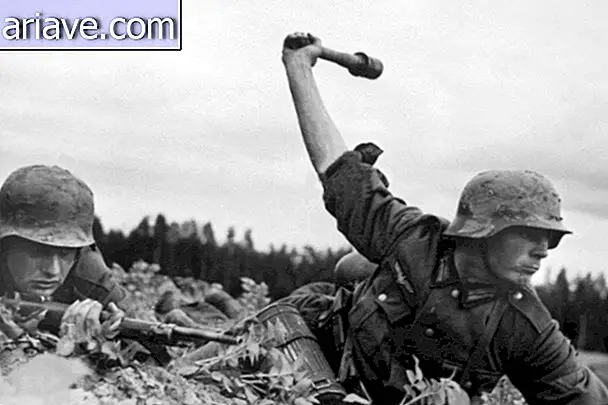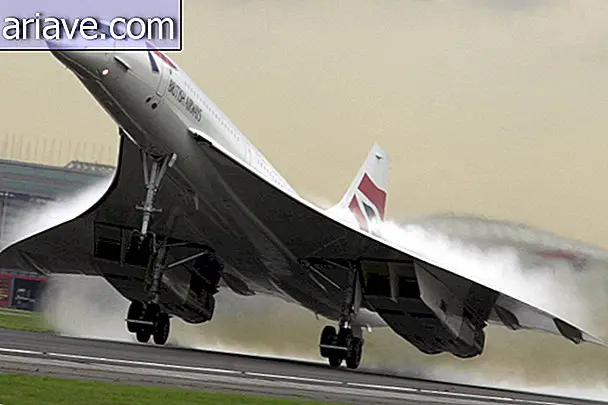The 15 Inventions That Changed the World
1. Basic Tools
Although simple compared to subsequent inventions, sharp stones helped our species shape the world around us, whether by hunting or making clothes and cutting down trees.

2. Rope
Rope has been manufactured since the Stone Age, when it was made of twisted fibers and reinforced with a resinous material. The Egyptians already made them from cotton, some 3, 000 years before the Christian era.

3. Channeling
As the population grew, more and more water was required and easier access to existing sources. In America, the Incas and even older civilizations built complex plumbing systems. The Egyptians, by contrast, mastered sophisticated soil irrigation and liquid storage techniques, as they relied on Nile flooding from 9000 to 4000 BC.

4. Boat
Several peoples of antiquity entered history for their deeds at sea. The Phoenicians were great sailors and merchants: about 3, 000 years ago, they sailed along the Mediterranean coast with their merchant ships. The Vikings, on the other hand, made frequent looting all over Northern Europe aboard their warships.
The maritime transport of goods and passengers underwent a great evolution thanks to the Portuguese discoveries of the 15th century. The beginning of navigation of that time is one of the main causes of the development of science.

5. Papyrus and parchment
Parchment is the name given to an animal skin, usually of snake, ram, lamb or sheep, prepared for writing. Its development took place in the 2nd century, by the work of Eumenes 2º. Papyrus was invented by the Egyptians over 5, 000 years ago and is made from the stalk fibers of an aquatic plant found on the banks of the Nile River in Egypt. He gave support for hieroglyphic writing.

6. Metal Melting
The manipulation of different kinds of land for cooking led to the appearance of almost pure copper and gold fragments around 5000 BC. Liquid metal could be manipulated into objects like weapon blades.

7. Wheel
The wheel revolutionized the whole human experience. Although it is difficult to detect the origin of the object, there are records that mankind has been using it for over 7, 500 years.

8. Map
Even before the invention of writing, men already made maps to represent the places where they lived and where they passed - this around 2500 BC With the appearance of the first civilizations, maps became even more important. It was necessary to know the limits of the dominated areas and the possibilities of widening their borders.

9. Glass
Discovered during the Bronze Age, around 2000 BC, glass is one of the most useful elements for our daily lives. Present in objects ranging from buildings to smartphones and kitchen appliances to computers, this invention is of far greater importance than we normally attach to it.

10. Coinage
Around the year 700 BC, coinage emerged, the process by which the coin is made. The first coins were made entirely by hand and required a lot of strength from the workers.

11. Time Measurements
Looking at the sky, man took the first measurements of time, dividing the day into two parts: day and night, associated with the sun and the moon. It was in the year 2000 BC that we began to observe that the shadow of the trees projected by the sun it moved along the path that made it possible to establish a system that measured time.
And if the sun taught to measure the hours, the moon showed how to compute the weeks and months: the man counted how many days each phase of the moon lasted and each interval of 7 days was called by the Romans "septimana" - translated to Portuguese for week. When all lunar periods came to an end, this was 1 month.

12. Writing and figures
Around the year 4000 BC, the Sumerians developed cuneiform writing. They wore clay plates on which they imprinted their writing. Much of what we know today about this period of history, we owe to clay plates with everyday, administrative, economic and political records of the time.
Already the number came from the time when there was the need to count the animals, about 30 thousand years ago. However, the first numbering system originated around 1500 BC in both Egypt and Greece.

13. Compass
The compass was developed around the year 2000 BC. The Chinese were the first to detect and study the magnetic properties of some metals, using them as a guide to terrain without relying on the placement of stars, the moon and the sun. .

14. Steam Engine
Denis Papin and Thomas Savery, in the late 17th century, developed the first practical steam engines; however, the true revolution in the area was created by Thomas Newcomen in 1712: the engine of Newcomen. The next big breakthrough came in 1769 at the hands of James Watt, who created a machine with a condenser that minimized heat loss and had other purposes, such as propulsion of mills and lathes.

15. Airplane
The creation of the plane was a major milestone in history as it significantly reduced travel time between two cities. Brazilian inventor Alberto Santos Dumont developed the world's first aircraft capable of a complete flight, including takeoff, airborne and landing, without the need for a launching ramp.

***
This article was made with the contribution of reader Gustavo Alves, based on his TCC. Thank you, boy!
* Posted on 05/05/2016











